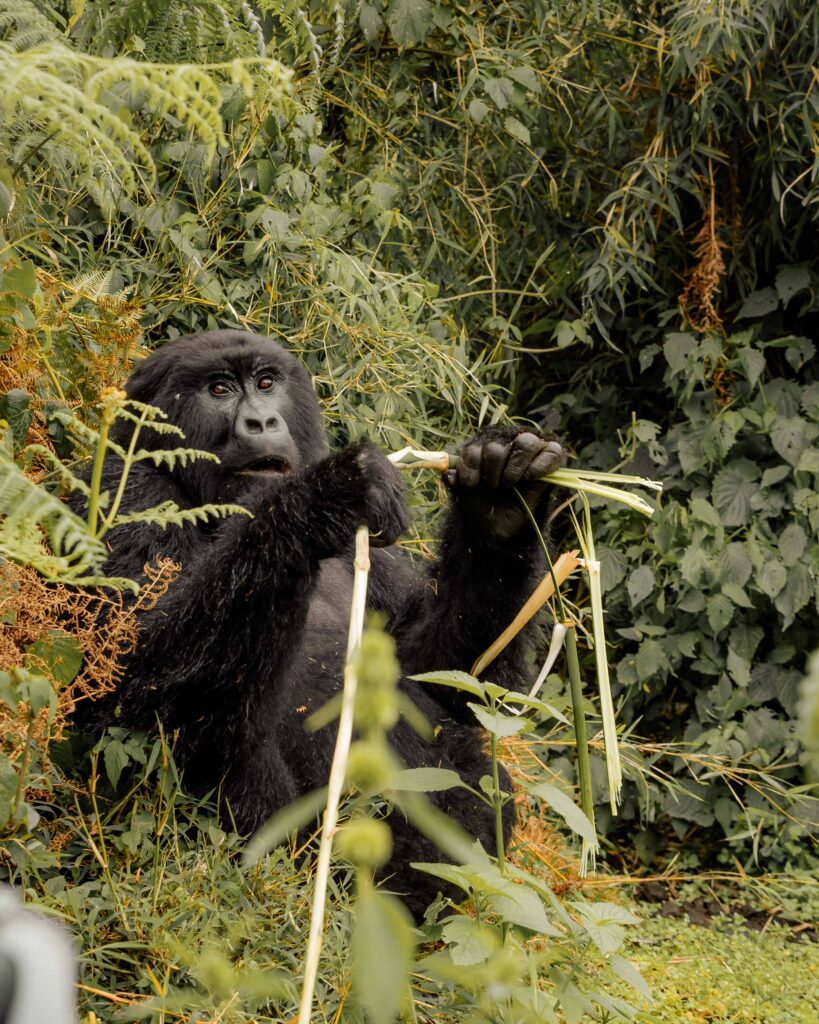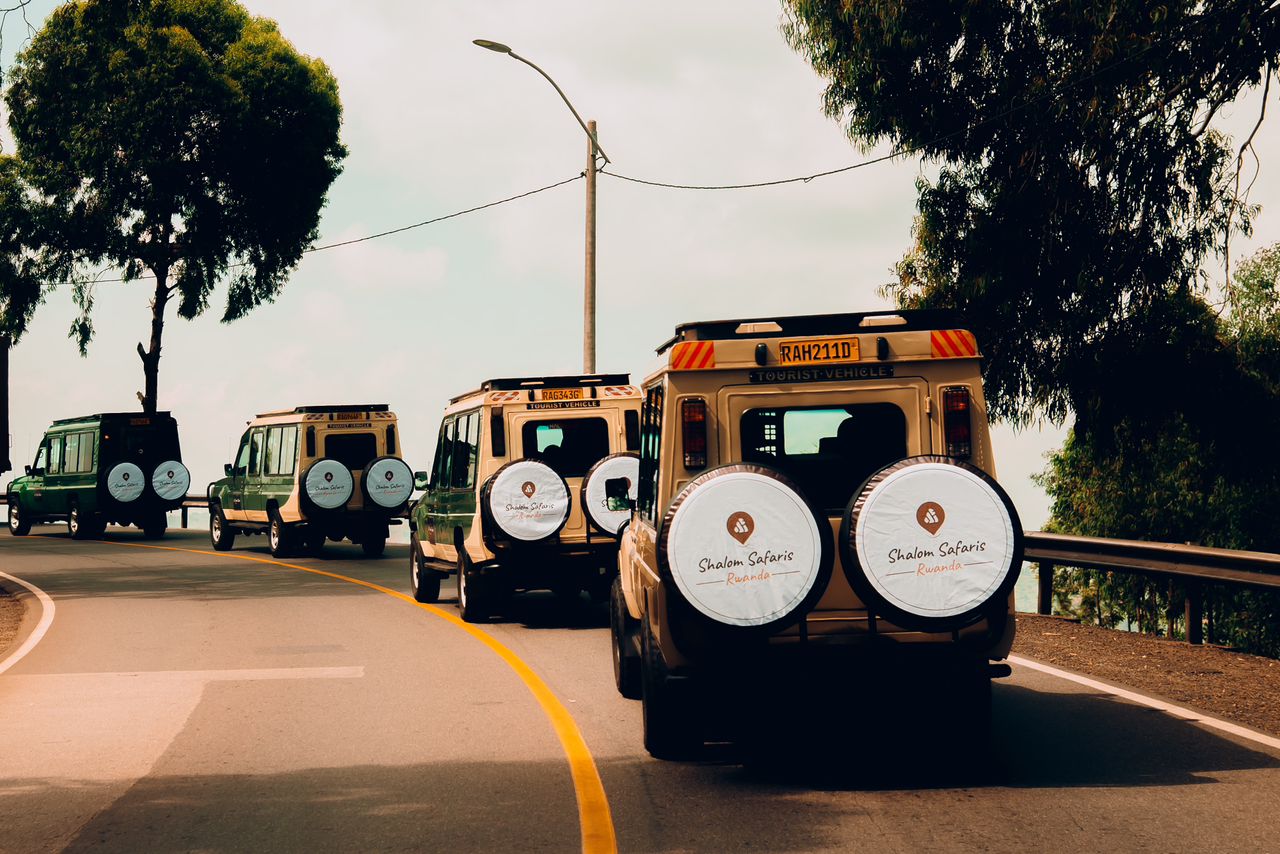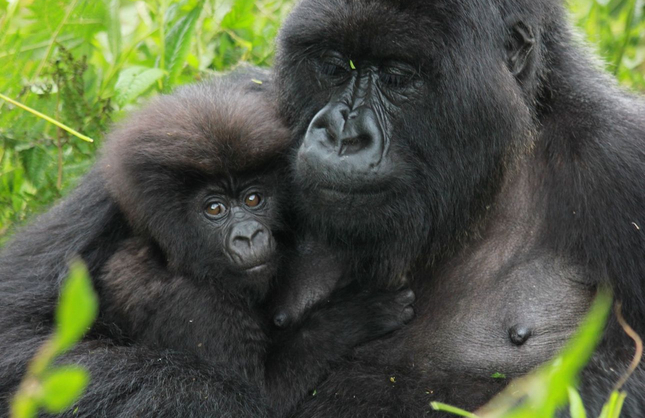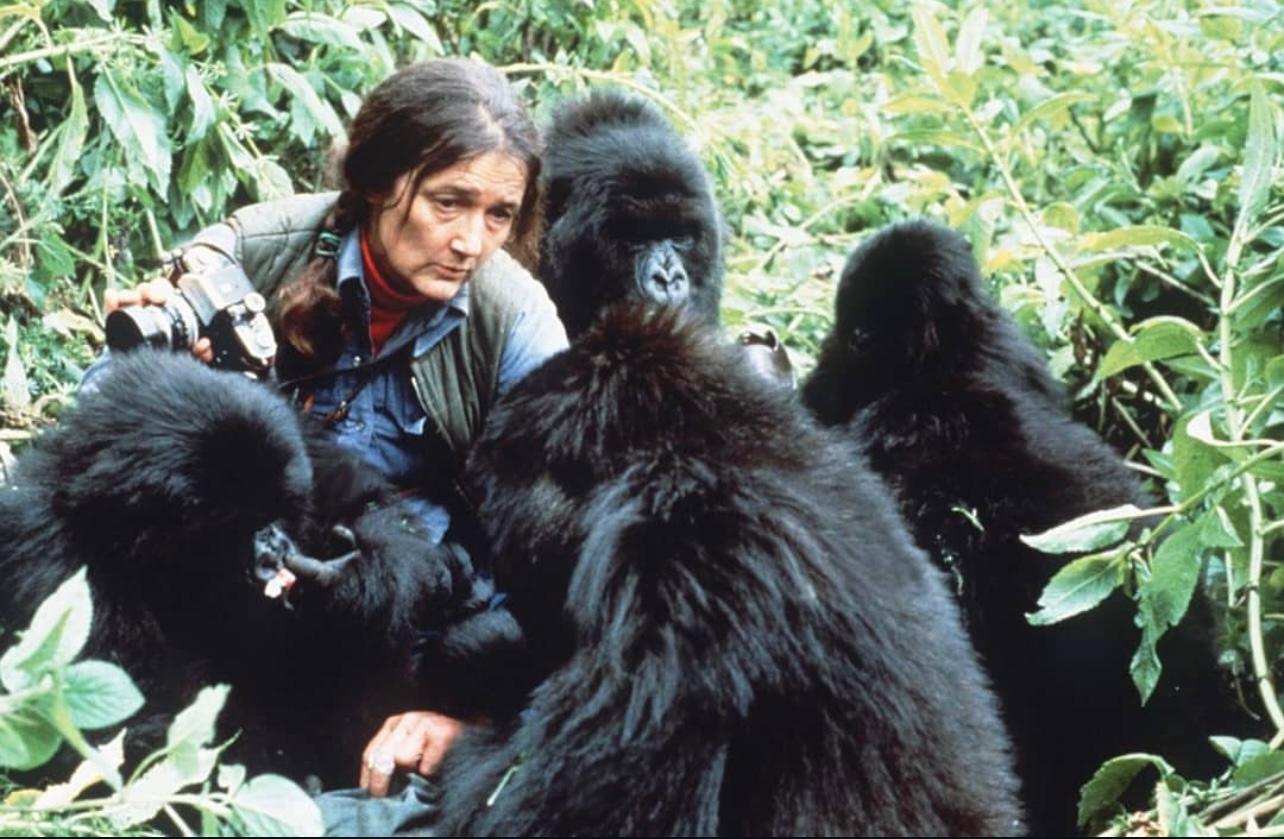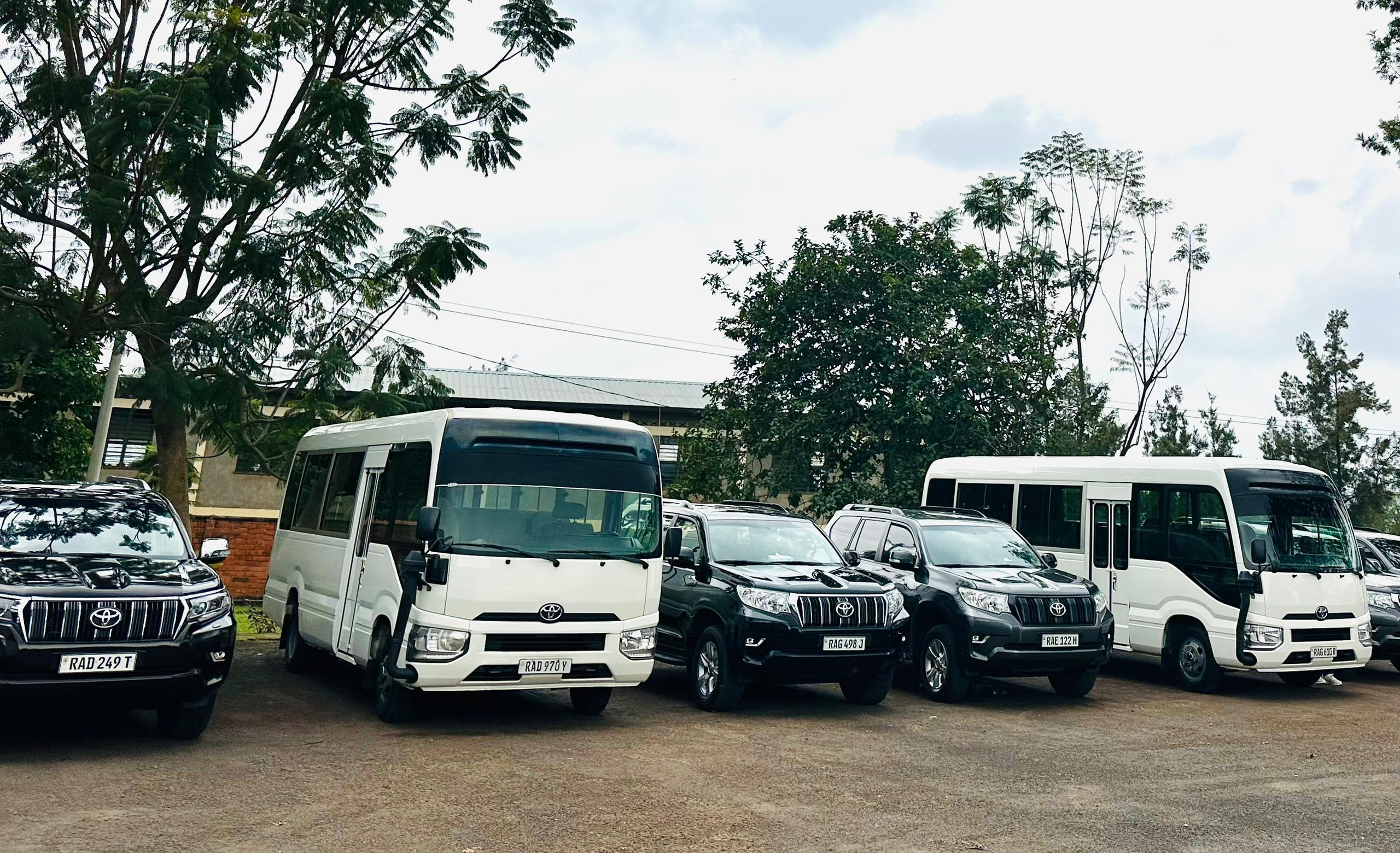ABOUT MOUNTAIN GORILLAS IN VOLCANOES NATIONAL PARK RWANDA
Gorillas are the largest extant species of primates found in Volcanoes national park Rwanda. They are ground-dwelling, predominantly herbivorous apes that inhabit the forests of central Africa.
The DNA of gorillas is highly similar to that of a human, from 95–99% depending on what is counted, and they are the next closest living relatives to humans after the bonobo and chimpanzee.
The closest relatives of gorillas are chimpanzees and humans, all of the Hominidae having diverged from a common ancestor about 7 million years ago
The first systematic study about Gorilals was not conducted until the 1920s, when Carl Akeley of the American Museum of Natural History traveled to Africa.
After World War II, George Schaller was one of the first researchers to go into the field and study primates. In 1959, he conducted a systematic study of the mountain gorilla in the wild and published his work.
Years later, at the behest of Louis Leakey and the National Geographic, Dian Fossey conducted a much longer and more comprehensive study of the mountain gorilla.
It was not until Dian Fossey published her work that many misconceptions and myths about gorillas were finally disproved, including the myth that gorillas are violent.
Until recently there was considered to be a single gorilla species in Virunga mountain range and volcanoes national park Rwanda, with three subspecies: the western lowland gorilla, the eastern lowland gorilla and the mountain gorilla in Volcanoes national park Rwanda.
There is now agreement that there are two species with two subspecies each. More recently it has been claimed that a third subspecies exists in one of the species.
The separate species and subspecies developed from a single type of gorilla during the Ice Age, when their forest habitats shrank and became isolated from each other.
A gorilla’s day is synchronized, divided between rest periods and travel or feeding periods. There are dietary differences between and within species.
Mountain gorillas mostly eat foliage such as leaves, stems, pith, and shoots while fruit makes up a very small part of their diet. They primarily eat bamboo.
Eastern lowland gorillas have a more diverse diet which varies seasonally. Leaves and pith are commonly eaten but fruits can make up as much as 25% of their diet.
Gorillas rarely drink water “because they consume succulent vegetation that is comprised of almost half water as well as morning dew”, although both mountain and lowland gorillas have been observed drinking.
Gorillas live in groups called troops. Troops tend to be made of one adult male or silverback, multiple adult females and their offspring. All tourists on mountain gorilla tour in Uganda / Rwanda enjoy meeting these gentle Giants in groups as one family in Volcanoes National Park Rwanda.
However, multi-male troops also exist. Silverbacks are typically more than 12 years of age and named for the distinctive patch of silver hair on their back which comes with maturity.
The silverback is the center of the troop’s attention, making all the decisions, mediating conflicts, determining the movements of the group, leading the others to feeding sites and taking responsibility for the safety and well-being of the troop.
Younger males subordinate to the silverback, known as blackbacks, may serve as backup protection. Blackbacks are aged between 8 and 12 years of age and lack the silver back hair.
Gorillas construct nests for daytime and night use. Nests tend to be simple aggregations of branches and leaves about 2 to 5 feet in diameter and are constructed by individuals.
Gorillas in Volcanoes national park Rwanda, unlike chimpanzees or orangutans, tend to sleep in nests on the ground. The young nest with the mother but construct nests after three years of age, initially close to that of their mother.
A gorilla’s lifespan is between 35–40 years, although zoo gorillas may live for 50 years and more. Gorilla tracking is considered more safe in Uganda and Rwanda though the DR Congo is slowly gaining a secure situation to track gorillas
Belgian colonists, who intended to protect the mountain gorillas on Karisimbi, Bisoke and Mikeno in Rwanda and the Belgian Congo from poachers, first gazetted the Virungas as a national park in 1925.
This small conservation triangle was the first protected area to be created on the continent of Africa. Four years later, the borders were extended further to form Parc National Albert (Albert National Park), a massive area that encompassed more than 8000 sq km.
Following the independence of the Congo in 1960 and Rwanda in 1962, Albert National Park was split into two entities, the Rwanda portion being assigned the name Parc National des Volcans (Volcanoes national park Rwanda).
During the early years of Rwanda’s fragile independence, it wasn’t poaching or fighting that harmed the gorillas most, but rather a small daisy-like flower known as pyrethrum. Due to a large grant by the European Community (EC), the 1960s saw the conversion of half of Volcanoes National Park Rwanda into commercial farms for pyrethrum, which can be processed into a natural insecticide.
By the early 1970s, poachers were making inroads on both sides of the Rwanda–Congo border as the demand for stuffed gorilla heads and hands (which were, depressingly, used as ashtrays) began to burgeon.
Thankfully the plight of the mountain gorilla became an international issue following the work of the late Dian Fossey.
Gorilla tracking in Rwanda was first launched in 1979 by Amy Vedder and Bill Weber, who marketed the charismatic creatures to tourists on overland trips.
By the late 1980s, the sale of gorilla permits was the country’s third-largest revenue earner, which was enough to convince ordinary Rwandans that these great apes were indeed a valuable natural resource worth protecting.
In 1991 Rwanda was plunged into civil war, and Volcanoes National park Rwanda became a battlefield. By the time the perpetrators of the genocide swept across Rwanda in 1994, the park had been heavily land-mined and then abandoned as refugees fled into the neighbouring DRC.
When the dust from the conflict settled, many observors were surprised to discover that the gorillas had weathered the violence remarkably well.
However, it wasn’t until 1999 that Volcanoes national park Rwanda was once again reopened to tourism. Since then tourism has boomed and gorilla tracking has once again become one of Rwanda’s biggest earners.
When the country changed one of its official languages from French to English in 2008, the park’s name changed to Volcanoes National Park Rwanda.

